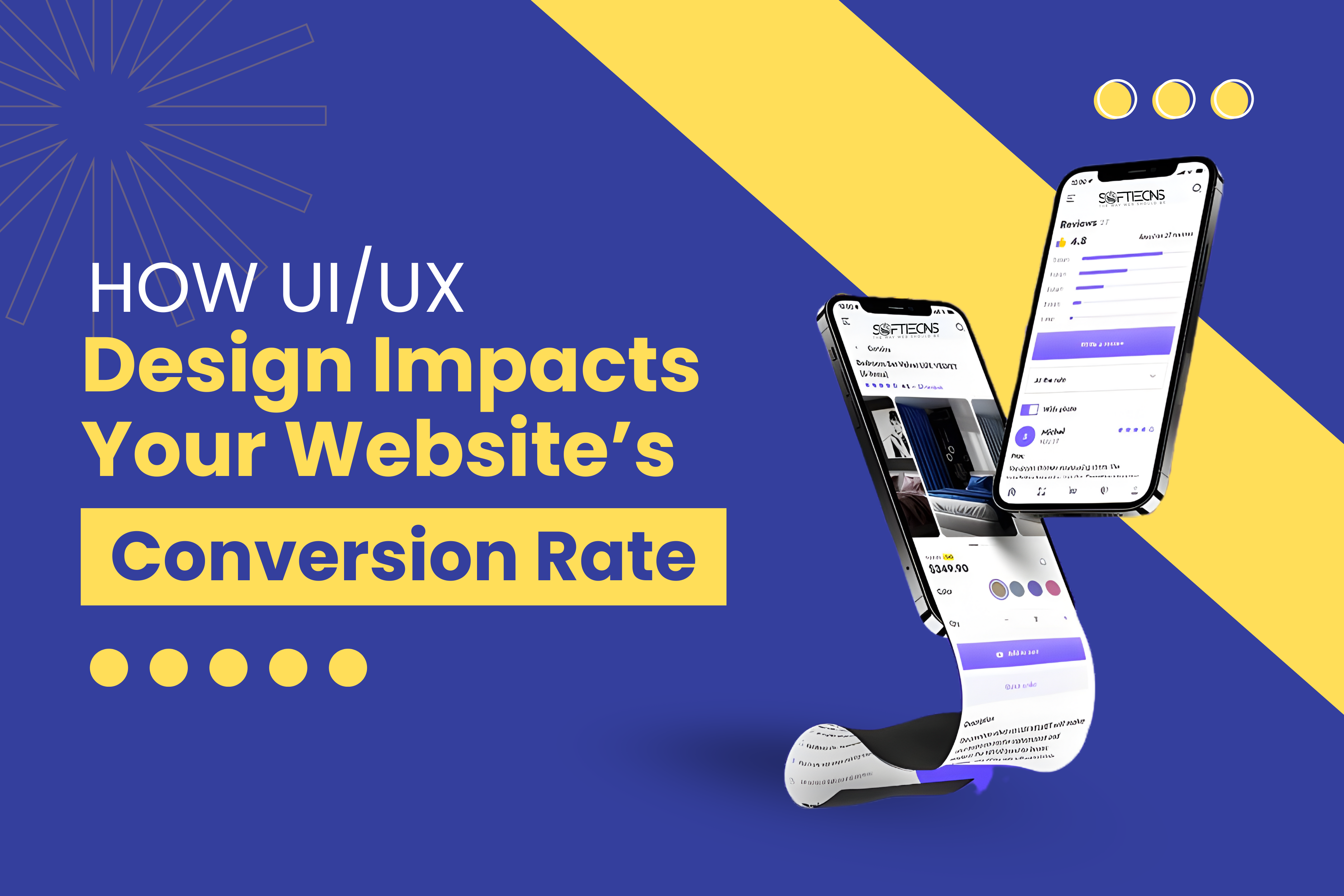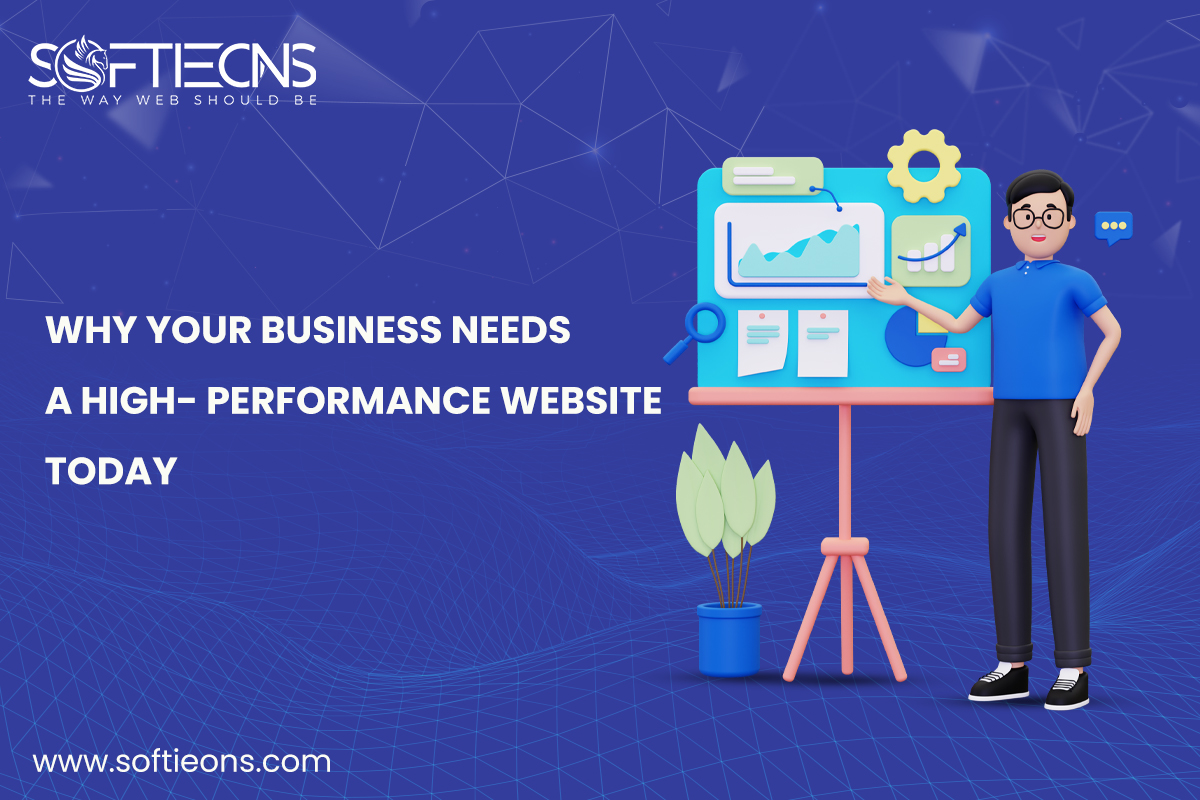How to Use Big Data Streaming Analytics to Personalize OTT Content
Sat, 11 Dec 2021
Today's style of
viewing and interacting with content is vastly different from a decade ago. The
rapid growth and adoption of over-the-top (OTT) and media streaming services,
as well as the emergence of high-speed internet and the spread of smartphone
culture, have changed watching habits. We can watch videos whenever and
wherever we want, and we're seeing an entire generation of
"Cord-Nevers" for the first time. A group of people who have never
had access to commercial cable television and are only familiar with streaming
entertainment.
The moment to
capitalize is now, with research estimating that the OTT and VoD
(video-on-demand) markets will expand by 13.6 per cent annually (CAGR 2021-2025)
and bring in around US$6,122 million this year. But how do you do it?
OTT apps are currently
being developed by broadcast media firms to distribute video content to their
customers; however, as the market grows, it will become more competitive.
Customer attrition, for example, has emerged as one of the most serious
difficulties for OTT organizations. It's simple to jump ship and locate another
provider if one firm isn't offering the viewer's desired experience. This makes
ensuring that their customer base has the maximum customer lifetime value
tough.
As more providers enter
the market, OTT providers must devise tactics to attract consumers to use the
service beyond the initial viewing experience and become lifelong subscribers.
Broadcast media organizations need a mix of interesting content, easy user
experience, personalization, and data and technology integration to prosper.
In order to prevent
audience churn, these services must improve the consumer experience by
delivering relevant and compelling content across all of these platforms. As a
result, content personalization is critical for gaining greater watching time
and increasing market share.
Personalization and Big Data Streaming Analytics
Understanding the
client and immediately responding to their needs—whether for content, user
experience, or business model—is the key to a good OTT service.
Because the 'viewer' is
at the centre of the business, OTT executives must consider big data streaming
analytics to enable meaningful learning of consumer behaviour.
OTT users expect
personalized, relevant, and contextual content. However, with new streaming
services launching virtually every other week, there is more content available
today than ever before. To give the proper content to consumers, recommendation
engines require additional customization and personalization capabilities.
To get to the Netflix
model, OTT content must use big data streaming analytics, which allows the
provider to instantly provide material based on individual preferences. OTT providers
may fine-tune their recommendation engine and ensure that the right material
reaches the right consumer by merging massive user data sets and metadata for
analysis.
Deep big data streaming
analytics also allows OTT providers to gain a better understanding of their
audience. It enables them to identify popular content categories, as well as
what the audience wants at different times of the day, and what they skip. OTT
providers can make informed decisions about content distribution based on this
information.
Viewer Churn and Big Data Streaming Analytics
Without a doubt, the
OTT market has grown saturated. Customers have an expanding number of providers
to pick from as the number of OTT companies grows, making viewer churn a
serious problem to tackle in order to keep OTT profitable.
After its debut, most
OTT platforms struggle with retention, and viewer acquisition is growing more
expensive and difficult as markets become overcrowded. Big data streaming
analytics, on the other hand, can level the playing field by offering extensive
statistics on viewer and subscriber attrition rates, allowing you to ask
questions such as, "Which clients are most likely to churn next
month?"
OTT providers can use
big data streaming analytics to aggregate data sources and generate a
360-degree customer view. OTT providers can employ more precise churn
prediction models, as well as real-time and historical data, user data and
behaviour, and other related data, to identify subscriber clusters at high risk
of churn. They also gain precise insights on the major causes of churn,
allowing them to take proactive steps to address the issue.
Takeaways at the End
The world of OTT is
being transformed by big data streaming analytics, which is improving the user
experience by offering more accurate and personalized recommendations. It
provides for more tailored advertising depending on user choices. Big data and
analytics may also aid with cross-selling and upselling initiatives by
providing more precise forecasts on the next best offers.
OTT providers have an
advantage because they already have unwitting access to vast volumes of
important data. Knowing how to make this data work, how to push and modify it,
and how to apply the correct analytics may assist OTT providers in designing
the greatest service that will lead to customer pleasure, retention, and
profitability.
POPULAR POSTS
Shopify vs. WordPress: Which one is best for e-commerce?
Wed, 07 Apr 2021Role of IoT in the Real Estate Industry
Wed, 14 Apr 2021Why UX And UI Is Important For Mobile Application Development
Sat, 01 May 2021Telemedicine's Advantages in Nursing Homes
Fri, 24 Dec 2021RECENT POSTS
Why Your Business Needs a High-Performance Website Today
Wed, 01 Jan 2025How Good Product Design Drives Business Success
Tue, 03 Dec 2024









